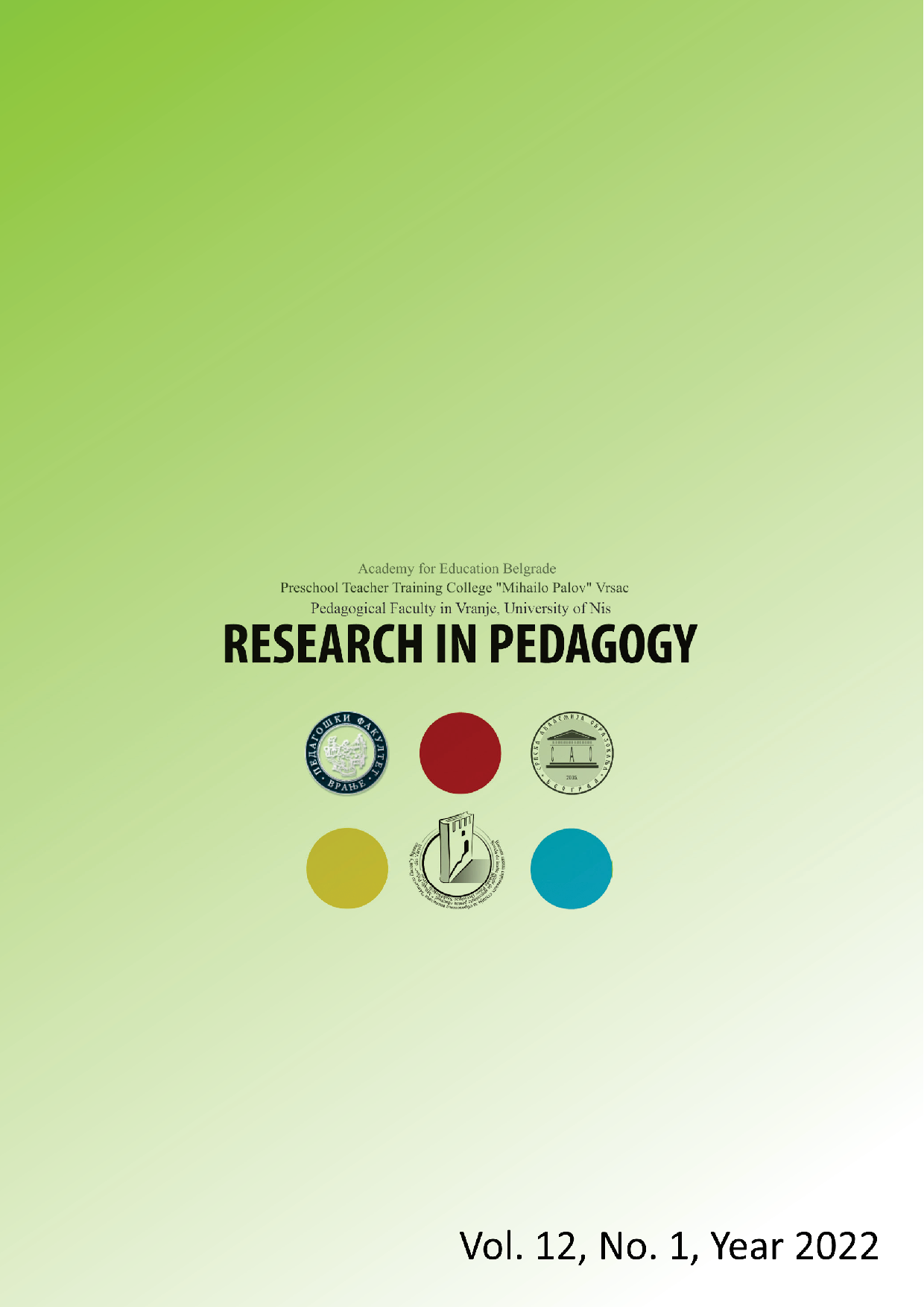PREDICTIVE VALUES OF THE STRUCTURE OF THE SELF-REGULATORY CONSTRUCT IN L2 LEARNING OF THE GIFTED
PREDICTIVE VALUES OF THE STRUCTURE OF THE SELF-REGULATORY CONSTRUCT IN L2 LEARNING OF THE GIFTED
Author(s): Aleksandra Gojkov-Rajić, Jelisaveta Šafranj, Jelena PrtljagaSubject(s): Education
Published by: Visoka škola strukovnih studija za vaspitače "Mihailo Palov"
Keywords: gifted; self-regulation; language for specific purposes;meta-analysis;
Summary/Abstract: The aim of this meta-analysis is to take a small step forward from the separate observation of the self-regulatory construct and the relationship of variables that seek to explain it, define its structure more clearly and make it available in practice. For this purpose, the question arises regarding the relationship between personality traits and motivation as variables, which are shown in a number of studies as important for self-regulation in terms of its contribution to success in mastering a foreign language (L2). As mentioned, meta-analysis was used as a method. The selection of studies included in the meta-analysis is as follows: Out of 175 research papers dealing with the topic of self-regulation in learning L2 that covered 49.821 students, 17 papers were selected in the second round, which covered 4.263 students who were academically gifted and learned L2. In the third step of selection, only three papers remained, which could be compared by characteristics (goals, sample, variables, respondents…), and which examined issues relevant to this paper, i.e. the relationship between personality traits, motivation to learn L2 and achievements in a language for specific purposes. The total number of respondents was 1.263, with 711 of them being academically gifted students who were learning a Language for Specific Purposes (LSP).The theoretical context of the research is the Self-Determination Theory, i.e., an understanding of the spontaneous development of the individual's predispositions (intrinsic motivation and internalization) when basic psychological needs are met in the function of interpersonal dynamics and social settings (Deci & Ryan, 1985) and Sternberg's Theory of Mental Self-Government.Previous reflections and comparisons with theoretical assumptions and research findings are partly the basis for answering the questions posed in this analysis, as they provide a framework for understanding the structure of the self-regulatory construct. Thus, the quest for the state of relations between the observed variables, which are important for self-regulation and sufficient to formulate a model of self-regulation, did not provide sufficient indications that they could be considered safe in assessing the effects of defining self-regulation constructs. Also, the relationships between the gifted and others were researched, starting from the observation of the relationship between personality traits and motivation. The intention was to determine how many personality traits have proven to be good predictors for self-regulation of learning (success - average and in L2) of gifted and other students. Related to the above is the observation of the issue of their mutual relationship and scope in terms of their predictive value for opportunities to encourage the gifted and other students to realize achievements in learning a language for specific purposes. Thus, it could be concluded, that the dimensions of motivation generally achieve correlations of the highest intensity with Intellect and Agreeableness, while relations with other dimensions are somewhat weaker. This supports the conclusion that Intellect and Agreeableness as personality traits are important for the construct of self-regulation, and supports the aforementioned theoretical positions of Sternberg within the Theory of Mental Self-Government, for which these findings are only the initial step, indicating that it would be worth going in that direction.
Journal: Research in Pedagogy
- Issue Year: 12/2022
- Issue No: 1
- Page Range: 186-215
- Page Count: 30
- Language: English

